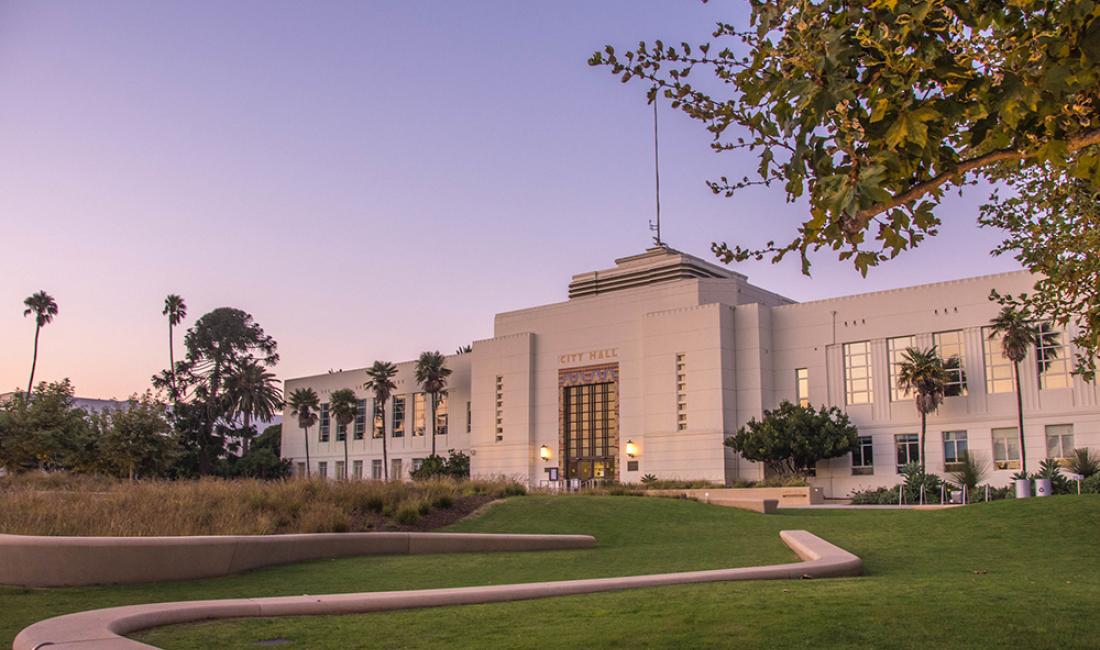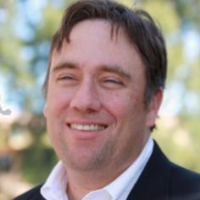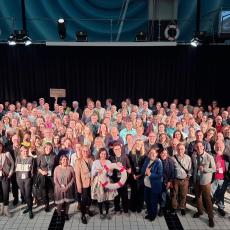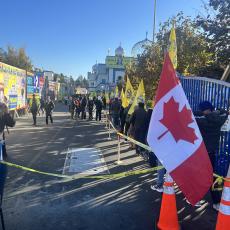Late-night decisions backfire
By JOE MATHEWS
I hereby propose a new rule to improve the quality of California’s local democracy. When the bars in your city close, so must your city council.
The idea occurred to me while watching recent Santa Monica City Council meetings, including one gathering so long (nine hours plus) and so full of nonsense and hate (from hundreds of public commenters) that it could make you reconsider your support for free speech and self-government.
The bars had shut at 2 a.m., but the council was still going, groggily, at 3:30 a.m. when it logged its latest late-night failure: canceling plans to organize a representative assembly of city residents to help decide the future of its airport. The vote came after a couple of hours of public testimony from residents who spewed misinformation about such democratic processes (which are common in cities around the world). Their ramblings on old ballot measures, capitalism, and interest group power could only make sense at such a late (or rather, early) hour.
Alas, this sort of decision-making is to be expected in Santa Monica, which takes perverse pride in meeting agendas that run longer than the U.S. Constitution, and in sessions so long they exceed the length of a legal work shift (one recently clocked in at 10-and-a-half hours). Residents and councilmembers waste a considerable amount of that time listening to off-point rants, or arguing about the lengths of the meeting themselves.
Long meetings are also a defect of councils in other California political hothouses—from Huntington Beach, where conservative culture war battles extend meetings into the late night, to Richmond, where the council recently stayed up past 1 a.m. to endorse the Palestinian side in the Gaza war. Perhaps the late hours explain why such cities are so politically out there; researchers at UC Berkeley (located in another city with a history of late council meetings) have found that the sleep-deprived brain is more risk-taking and extremist.
But even less politicized cities fall into the long meetings trap when they start sessions in the evening, controversies intrude, and more and more speakers show up. City council members end up debating and taking votes at hours when they should be home in bed.
The pandemic-prompted switch to remote meetings has contributed to the problem, since more residents make public comments when they can do so from home.
There are ways to avoid going so late. Some councils start meetings early in the afternoon, and begin with a closed session to get work done before bringing in the public at 5 or 6 p.m. Many councils have cut the length of time members of the public can speak—from the old-school five minutes down to three, two or one. A few councils have even applied speaking limits on the council members themselves.
In some places, however, such limits are not enough, and councils have adopted curfews. San Jose’s city council established a midnight curfew back in 2017. Other councils require members to agree to let a meeting go past a certain hour—11 p.m. is common.
As a frequent attendee of council meetings, both in California and around the world, I’d suggest the problem is structural: We pack too many things into these gatherings.
Council meetings serve two essential but very different purposes. First, they are business meetings of a city, which is essentially a corporation. Second, they are democratic events where people make their voices heard and perform politics.
We’d be better off if we separated those two functions. Cities should have short and formal “business meetings” to make decisions they’re legally required to make—on budgets, hiring, and contracting. But, before making such decisions, councils should have separate gatherings, both in-person and online, devoted to getting real input—and not three-minute rants—from citizens.
The 21st century provides new ways to do this. Local governments around the world use participatory processes that allow citizens not just to weigh in on council decisions, but to set budgets and write laws themselves. Madrid and more than 100 other cities have created online environments in which everyday people can become co-creators of policies.
If you’re a night owl who loves the late-night council meetings of Santa Monica, there’s an invention for you, too. More than 50 cities around the world, including Montreal, Amsterdam, and Bogota, have started some form of “night councils,” governing bodies that meet late and tend to focus on problems that affect cities after dark.
Santa Monica would benefit from reforms like these, because the city’s longest meetings tend to produce head-scratching decisions. For example, municipal watchers around California have long puzzled at Santa Monica’s decision to launch an expensive, years-long, and mostly losing fight against voting rights lawsuits that demanded the city switch from at-large to district elections. Almost all other California cities and school boards have settled such lawsuits cheaply and quickly. When I asked a former Santa Monica official why they fought so long in a case one local calls “Bleak House on the Beach,” he said the city had made too many decisions on the litigation late at night.
Former Santa Monica Councilmember Bobby Shriver has complained publicly that when he tried to recruit more diverse candidates to serve on the body, they often turned him down, citing the length of the meetings.
“It seems that every meeting of the Santa Monica City Council there’s a debate or controversy caused by how darned long the meetings are,” wrote Damien Newton, the executive director of the Southern California Streets Initiative, which publishes nonprofit news site Santa Monica Next. “These meetings are bad for Democracy… The current process makes it difficult or even impossible for normal people to give comments at meetings and the late hours are bad for the Councilmembers themselves.”
The fault lies not just with overly talkative politicians but with the public itself. One evening earlier this year, the council cut off public comment on its very first agenda item after five hours—the item was, ironically, a proposal to regulate overnight noise. But the Santa Monicans attending the meeting refused to go along. Instead, more than 40 people stuck around to speak on the motion to end public comment. Councilmembers, stymied, gave up and ended the meeting.
The bad news: the council failed to conduct business on an agenda that included an emergency ordinance, a proposal for downtown housing, and, of course, rules for meeting participation.
The good news: the meeting ended before 11 pm—early enough for councilmembers to stop for a drink on their way home.
This was originally published at Zócalo Public Square, an affiliate of Arizona State University.




